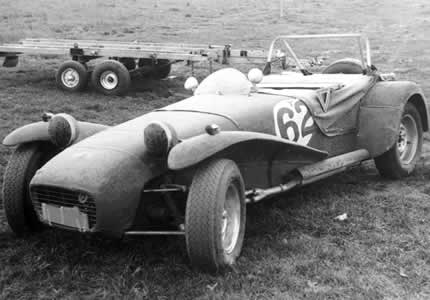Auto-Future: Adding Lightness
One of the main improvements in future cars and associated global platforms: weight reduction. Thanks to new, stricter emissions and fuel consumption regulations, this trend is well underway. New cars have already stopped gaining weight. And manufacturers are redoubling their vehicular dieting efforts. Their progress has been predictably rapid. for example, future generations of the European compact class (e.g. Focus III, Golf VII) should shed We more than 100kg, using several strategies…
The increased use of high strength steels allows the use of thinner sheet-metal, although this poses other issues in stiffness, vibration modes and welding processes. The key factor: one can not just replace steel grades. Carmakers must deploy a holistic approach involving changes in manufacturing process. Expect more hydroformed parts and hot stamping of ultra high strength steel grades.
Another, more expensive trend in the body structure: increased use of aluminium and steel in panels and other parts. BMW is committed to this strategy; it already does so in the current 5-series. You can expect an increasingly advanced mix of materials within two car generations. A recent joint-research project of several European manufacturers previews an aggressive mix of different materials (see figure below), although this still poses many challenges in cost and manufacturing robustness.
Of that 100kg expected to fall by the wayside, about a 30kg reduction will come from the body structure. The rest wil be shed from, well, everything else. Car manufacturers are telling their suppliers that new parts must be both cheaper and lighter than the old ones. Careful design and the cost-leverage of global platforms should help git ‘er done, as witnessed by the new Ford Fiesta.
Weight reduction can create a virtuous cycle of further weight reduction. For example, if the overall structure and components are lighter, reduced stress enables a lighter suspension. Light weight opens the possibility of engine downsizing while maintaining performance, or better yet, increasing engine performance with turbocharging…
More by David Moreira
Latest Car Reviews
Read moreLatest Product Reviews
Read moreRecent Comments
- ToolGuy First picture: I realize that opinions vary on the height of modern trucks, but that entry door on the building is 80 inches tall and hits just below the headlights. Does anyone really believe this is reasonable?Second picture: I do not believe that is a good parking spot to be able to access the bed storage. More specifically, how do you plan to unload topsoil with the truck parked like that? Maybe you kids are taller than me.
- ToolGuy The other day I attempted to check the engine oil in one of my old embarrassing vehicles and I guess the red shop towel I used wasn't genuine Snap-on (lots of counterfeits floating around) plus my driveway isn't completely level and long story short, the engine seized 3 minutes later.No more used cars for me, and nothing but dealer service from here on in (the journalists were right).
- Doughboy Wow, Merc knocks it out of the park with their naming convention… again. /s
- Doughboy I’ve seen car bras before, but never car beards. ZZ Top would be proud.
- Bkojote Allright, actual person who knows trucks here, the article gets it a bit wrong.First off, the Maverick is not at all comparable to a Tacoma just because they're both Hybrids. Or lemme be blunt, the butch-est non-hybrid Maverick Tremor is suitable for 2/10 difficulty trails, a Trailhunter is for about 5/10 or maybe 6/10, just about the upper end of any stock vehicle you're buying from the factory. Aside from a Sasquatch Bronco or Rubicon Jeep Wrangler you're looking at something you're towing back if you want more capability (or perhaps something you /wish/ you were towing back.)Now, where the real world difference should play out is on the trail, where a lot of low speed crawling usually saps efficiency, especially when loaded to the gills. Real world MPG from a 4Runner is about 12-13mpg, So if this loaded-with-overlander-catalog Trailhunter is still pulling in the 20's - or even 18-19, that's a massive improvement.


































Comments
Join the conversation
About that BMW 5-series front end: the tradeoff is that's it's a costly PITA to repair.
Amen! One often overlooked source of weight in modern vehicles is sound deadening. Maybe we can learn to live with a little more NVH?